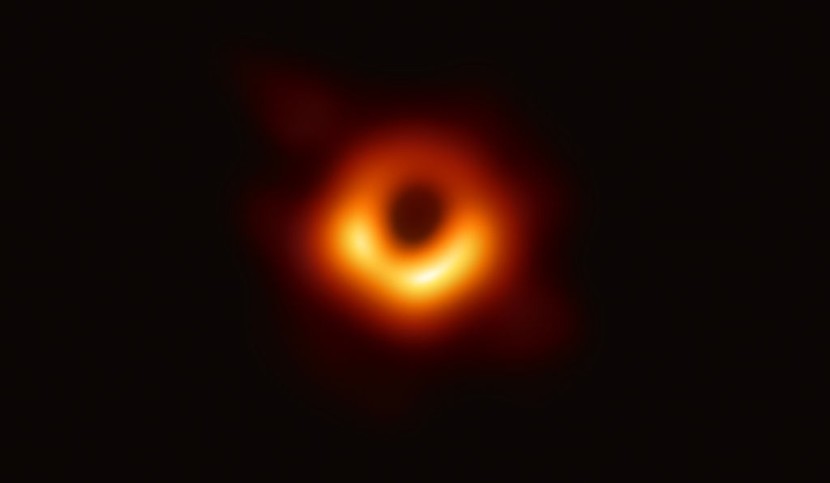
A black hole was first photographed in 2019 and has divulged backing for Albert Einstein's theory of general relativity. The new finding has proposed that Einstein's claim is now much harder to beat.
The theory of general relativity by Einstein posits that gravity is matter distorting spacetime. It has been scrutinized for over 100 years but the new finding could support his hypothesis.
Theories of General Relativity and Quantum Physics
Physicists are closer to solving one of the most complex questions in science which is how to coincide the theories of general relativity with quantum physics. The answer may be found in Herculean black holes.
Researchers from the Event Horizon Telescope collaboration photographed the M87 galaxy black hole in 2019. They evaluated the black hole's "shadow," reported Express Informer.
Black holes do not regularly bring about shadows because they are not opaque objects that inhibit light from traversing through them.
Since Einstein conceived the theory regarding gravity, testing of gravitational waves and eclipses has backed the theory, reported CNET.
The study published in the journal "Physical Review Letters" on Thursday, scientists from the EHT cooperation evaluated the photographs of the supermassive black hole. It is centered at the Messier 87 galaxy.
The theory of general relativity not only depicts the way matter distorts spacetime but also presumes the actuality of black holes. This includes the shadow's size cast by a black hole on the bright disk of material.
A simulation of the M87 black hole displaying the plasma's movement as it circulates around the black hole. The shining, thin ring appearing in blue is the border of what researchers deem as the black hole's shadow.
Black holes do not regularly cast shadows regularly due to the fact that they are not opaque objects that inhibit light from traversing past them. Instead, black holes collide with light quite differently but with an identical impact. A black hole could attract light towards itself. Light cannot escape from inside the black hole but it is probable for the light to invade a region around the event horizon and appears like a shadow in that space.
The result answered one question: if the size of M87's black hole is consistent with Einstein's theory. According to EHT team member Dimitrios Psaltis of the University of Arizona in Tucson, it is very difficult to answer the tricky question posed by how much one could modify general relativity and still be in agreement with the measurement of the black hole, reported Science News.
Due to the fact that black holes have such a vast gravity that distorts spacetime, it could magnify the shadow produced and make the shadow bigger than in reality.
The team of researchers measured the warping and discovered that the black hole's shadow's size was in agreement with the theory of relativity.
Related Article: Triple Star System Contrasts Einstein's Cosmic Gravity Theory
© 2026 HNGN, All rights reserved. Do not reproduce without permission.








